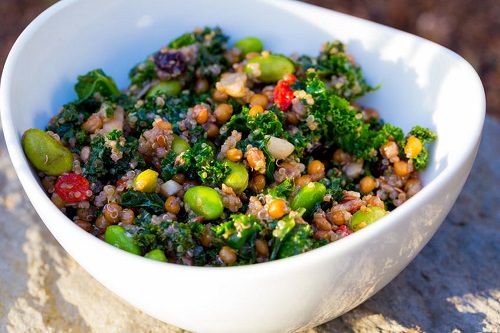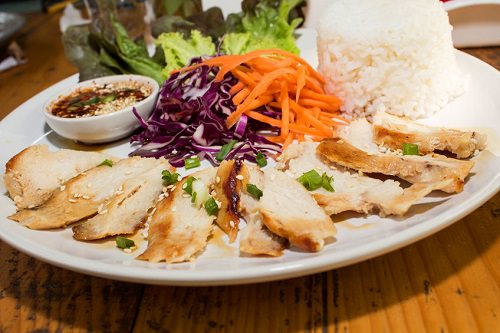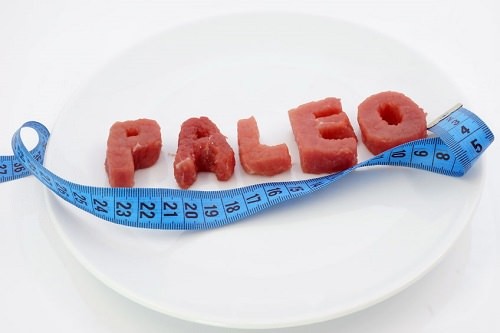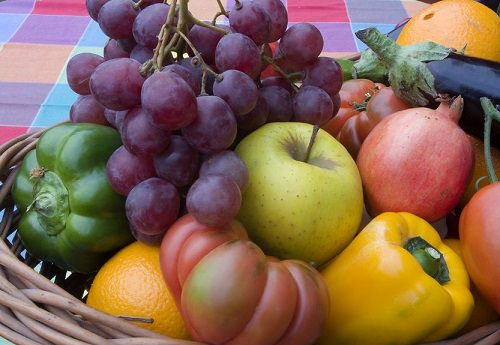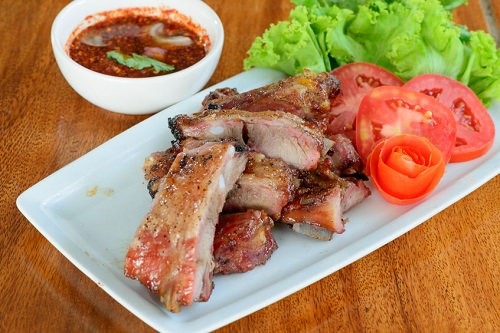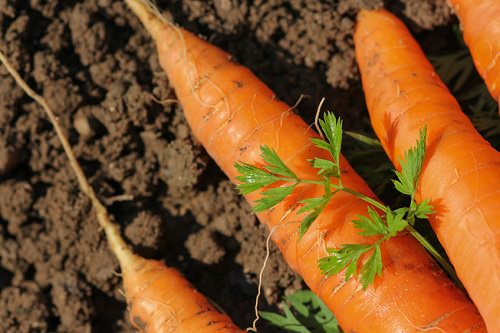The most searched-for diet term of 2013-2014, the paleo diet focuses on mimicking the way our ancient ancestors ate. Proponents of the diet plan say that bypassing the types of food produced by modern agriculture, including wheat, legumes, dairy, refined sugars and starchy tubers, they can eat closer to the way Paleolithic man did. And in the process, lose weight and improve their overall health. However, there are some serious flaws in the paleo theory. Here are a few important reasons why Paleolithic eating might not be what it’s cracked up to be.
1. Evolution
One of the main reasons why we shouldn’t attempt to eat like our Paleolithic ancestors is because biologically, we are nothing alike. Keep in mind that the Paleolithic era took place more than 2 million years ago. Since then, our bodies have changed, evolved and adapted to be completely different. As we changed our eating habits, our biology and physiology changed along with it. You wouldn’t go back to eating baby food and formula as an adult, why would you want to eat like ancient man did?
2. The actual paleo diet is a mystery
Today’s paleo diet is based much more on assumptions than any actual facts. While we know about some of the plants and animal life found on Earth during Paleolithic times, as well as the tools and weapons available 2 million years ago, reconstructing a diet from so long ago is virtually impossible. It’s tough to stick to a diet when you aren’t sure what the actual rules are.
3. Extinction and change
People aren’t the only things on the planet that have done a lot of changing over the course of the last couple million years. Even in the last few thousand years, plant and animal life has changed and evolved quite a bit. In other words, just as Paleolithic man evolved and changed, so did his surroundings. The things he ate may be quite literally nonexistent today.
Read also – 10 Tried and True Tips for Cleaning Up Your Diet
4. Health concerns of the ancients
Those looking into going paleo for health reasons might be surprised to learn that scientists have discovered many of the same conditions afflicting us today in ancient remains. Clogged arteries, heart disease and other “modern” concerns affected up to one third of the Paleolithic population.
5. All that good bacteria
There are those who say our bodies were not meant to consume certain foods, and that is why we are facing such an obesity epidemic. But while it may be true that ancient humans could not handle things like milk or grains, our bodies have adapted to include the billions of healthy bacteria living in our guts. These little helpers make digesting grains, lactose, and high-fiber foods easy and healthy.
6. Critters
We do know that cavemen had access to an abundance of lizards, amphibians, and rodents. And that they ate a whole lot of them. To truly follow a “paleo” diet, you need to include lizards, frogs, bugs, turtles, mice and squirrels in your menu planning. Also, ancient people weren’t about to let any part of a hunted animal go to waste. So stock up on organ meats, as well.
7. Weed your garden
Grocery stores and vegetables aren’t exactly Paleolithically inclined, either. The carrots, zucchini, peppers and other veggies you pick up at your local supercenter or farmers market are modern creations. Thousands of years of agriculture are responsible for bringing them into fruition. If you really want to cut out agriculture, you need to stick to things you gather from forests, wilderness and your own backyard.
Read also – 7 Great Vegetables to Grow Indoors
If you’re really looking to lose weight, cut fat, build muscle and develop overall healthier eating habits, skip the fad diets and stick to what works: lots of lean proteins, healthy carbs, fresh fruits and vegetables, good fats, and exercise. Let’s leave the paleo diet where it belongs, with the cavemen. Have you ever tried to stick to the paleo diet?

